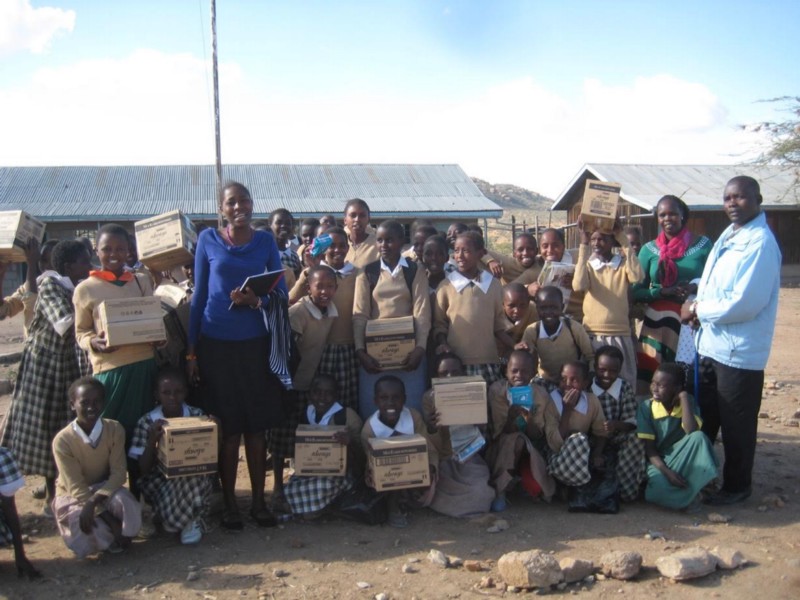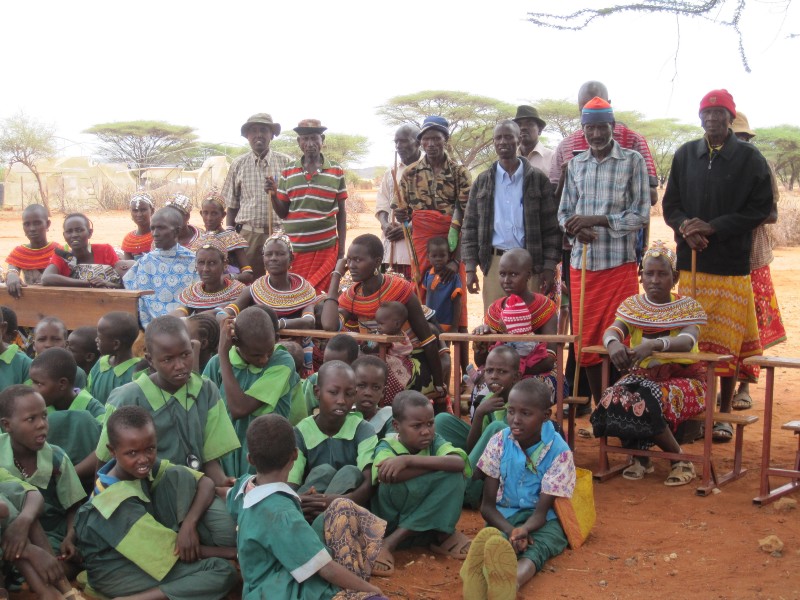As part of its 15 year initiative for sustainable development, the UN included Gender Equality as number 5 on its list of sustainable development goals. Today, gender inequality continues to be a persistent issue around the globe. While women and girls represent half of the world’s population, and therefore half of its potential, 52 out of 143 countries have yet to take the step toward guaranteed equality between men and women (Gender Equality — Why it Matters).
A move toward making gender equality become a reality is providing women and girls with equal access to education and health care. One essential component is also ensuring girls and women have universal access to sexual and reproductive health and reproductive rights.
Ashley Orton, former Global Programs Director of Asante Africa Foundation shares her thoughts on good practices in girls’ education and gender equality.
“Systems-level approaches are necessary to promote and support girls’ education and agency. School-based comprehensive sexuality education has an important function to serve by accurately informing youth about their bodies, health and rights; building demand for products, facilities, services that enable youth to act on healthy decision-making; and gradually transforming social attitudes and harmful cultural practices that curtail girls’ education. As UNESCO conducts the process of reviewing and identifying appropriate updates of the 2009 International Technical Guidance on Sexuality Education (ITGSE): An evidence-informed approach for schools, teachers and health educators, now is a prime opportunity to reflect upon the role and efficacy of extra-curricular interventions, like Asante Africa Foundation’s Girls’ Advancement Program, which fill implementation gaps that inordinately affect rural schools. Through UNGEI support, the organization conducted an end-point evaluation to measure the results of its program’s first two years. The process of compiling findings for the case study led to scrutiny of the intervention design and a better understanding of how different pieces may affect outcomes. In particular, findings highlight how the intervention’s parental engagement model appears to augment the demand for girls’ education in rural, East African communities by addressing barriers that come into play at puberty.
The Asante Africa Foundation initiative, Wezesha Vijana (Empower Youth) is based on the theory that adolescent girls equipped with a combination of health and social assets will have the know-how, confidence, and conviction to attend school regularly and advance academically. The project develops health assets through after-school puberty and sexual and reproductive health workshops grounded in a human rights framework. When strategic partnerships and/or funding allow, the project also addresses supply-side issues related to managing menstrual hygiene at school by providing feminine hygiene products, safe and sanitary latrines and handwashing facilities.

Complementary social assets consist of peer support generated in after-school clubs and the opening up of family dialogue around the value of girls’ education and barriers to it. The assumption is that knowledge, behavior and confidence changes fueled by these assets will improve school attendance and decrease pregnancy-related dropout, favorably affecting academic performance and enabling girls to advance further in school. Indeed, a key finding of case study research was a promising outcome seen in academic performance: more than ten times as many Wezesha girls sampled scored above average marks in standard examinations compared to the control group.
Schools, teachers and community-based mentors are critical partners in workshop and club implementation. However, a focus on engaging families is equally important. Through structured meetings, mothers and their daughters examine barriers like early marriage that cut education short and preclude the potential economic and health gains more schooling and additional years prior to motherhood afford. They explore incentives that underlie these traditional cultural practices, such as parental desires to curtail sexual activity out of wedlock. Then they consider alternative strategies that address concerns and recognize girls’ ambitions. Case study research indicates that the intervention may affect family attitudes about the value of girls’ education and result in a more “hands-on” approach to parenting adolescent girls than traditional social norms promote. For example, findings showed that control group girls reported missing school to stay at home and help with household work 3.5 times more frequently than participants. This suggests that participants’ parents may place greater value on educating their daughters and supporting school attendance than parents not involved in the project.

Comprehensive sexuality education provides an opportunity to build children’s understanding of their bodies and how to confidently manage the changes of puberty.It gives them the intellectual tools they need to make informed decisions about sexual and reproductive health, and it can foster understanding and behavioral changes regarding gender-based violence.
All of these factors empower girls and build boys as allies in promoting girls’ equality. But, it is inadequate and unfair to place the burden of changing social norms about the role and value of girls solely on the shoulders of the young. Girls need the support of their families to succeed as much as their families need their success to thrive. Sexuality education interventions must intentionally integrate parents and create space for parent-child dialogue if they are to pack a stronger punch in promoting girls’ education.”
To know more about our program, click here. To support our efforts, click here.
